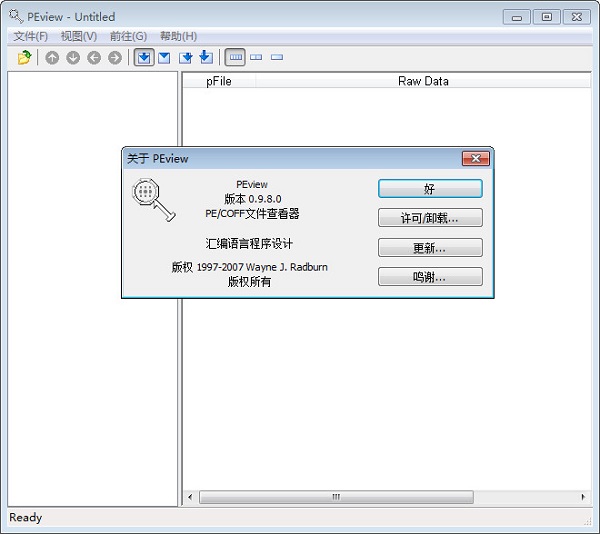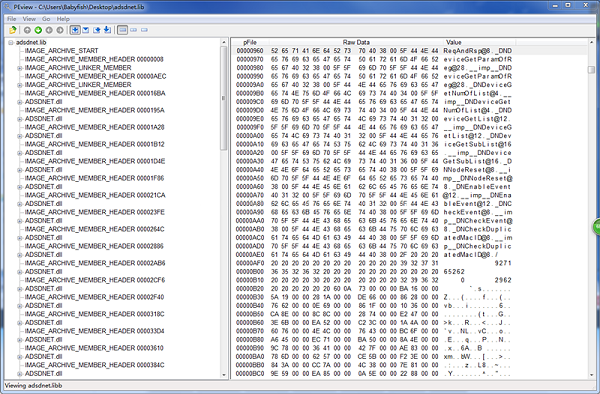
Basic introduction
An operating system's executable file format is in many ways a mirror of that system. Although learning an executable file format is usually not a programmer's first priority, you can learn a great deal from it. In this article, I will give a detailed introduction to all Microsoft's Portable Executable (PE) file formats based on win32 systems (such as winnt, win9x). In the foreseeable future, including Windows 2000, the PE file format will play an important role in MicroSoft's operating systems. If you are using Win32 or Winnt, then you are already using PE files. Even if you just use Visual C++ to program under Windows 3.1, you are still using PE files (Visual C++'s 32-bit MS-DOS extensions use this format). In short, the PE format has become ubiquitous and will remain inevitable in the near future. Now it's time to find out what this new executable file format brings to the operating system.
Software preview

How to use
Step1: Open the software;

Step2: Open the file you want to peek into, such as lib or dll format;

Step3: I personally tested that the dll and lib formats can be fully exposed, see the picture


































Useful
Useful
Useful